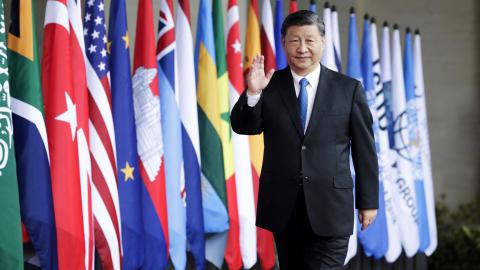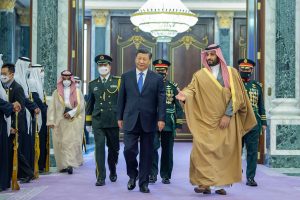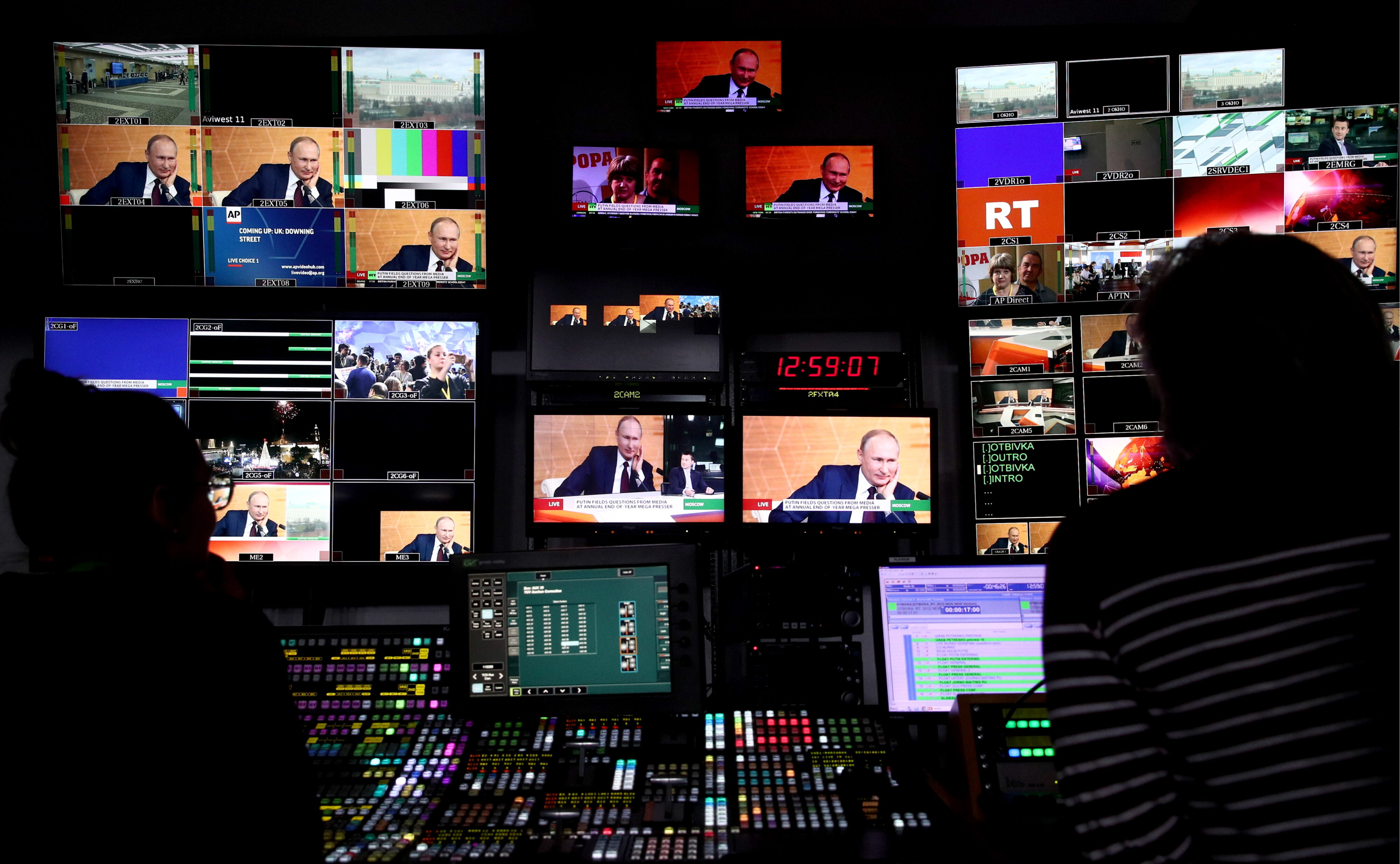
Indian company BrahMos Aerospace Private Ltd. has started sending BrahMos coastal-based anti-ship missile systems to the Philippine Navy’s Marine Corps. On December 12, DA-REAL Military Channel, a YouTube channel for the Philippines military, said that the first parts of the system are now being approved. India and the Philippines have not said anything official about it.
Indian Ambassador to the Philippines Shambhu Kumaran told the state-run Philippine News Agency in mid-August that the first BrahMos missile system will be sent to the Armed Forces of the Philippines (AFP) in 2023.
The Brahmos Contract
End of 2021, Secretary of National Defense Delfin Lorenzana released a “notice of award of contract” that said the Philippines accepted BrahMos Aerospace Private Ltd’s offer to provide shore-based anti-ship missile systems as part of an intergovernmental agreement.












:quality(100)/cloudfront-us-east-1.images.arcpublishing.com/thesummit/FQJNR2O5QFE3JPTINHPOF72DQA.jpg)
:quality(100)/cloudfront-us-east-1.images.arcpublishing.com/thesummit/MHZBHS3LINHQTN7SXC2MQ2CLJI.jpg)





